While sculpting, I focus on things that are subconsciously ingrained within me and try to not imitate anything I have seen
What happens when a trained goldsmith turns to botany for inspiration, and starts dabbling with plasticine? Sonalee Tomar finds out.
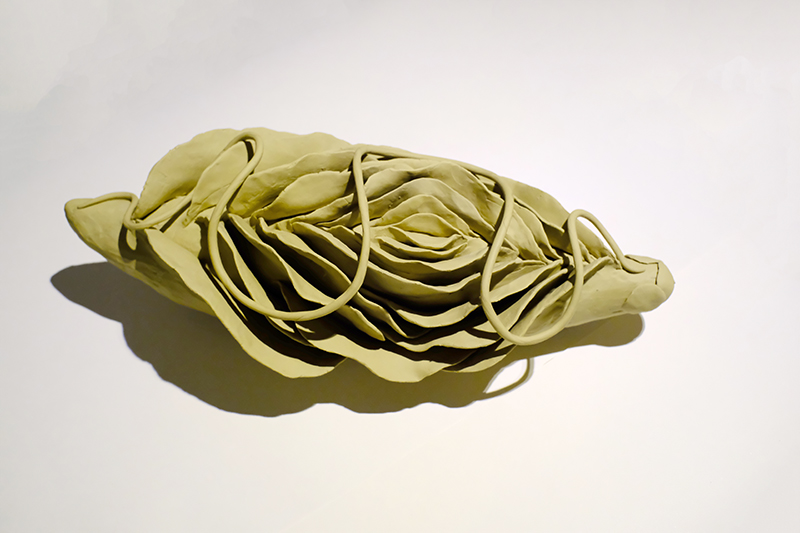
Take us to the beginning of your creative journey. How did your tryst with art begin?
My first memory of art is when I was in kindergarten and they made us draw pictures on topics which I found very boring. My father who was a botanist, had a drawing table and I used to sit at his desk. I remember drawing an abstract painting of a storm one day with different hues of blue which no one seemed to understand. My mother asked me what I had drawn. I said I enjoyed the process and loved the outcome.
My first job was a commissioned sculpture in copper. It was the first time I worked with the medium, but it felt like an extension of my childhood which was spent sculpting gold ornaments and figurines in my family’s business. All those days I spent extruding gold wire from bars gave me courage and made me feel capable of taking on this project.
This is how I was initiated into the world of sculpture. It was a continuation of sculpting with wire. I was introduced to plasticine clay 2 years back. It allowed me to do things that are not possible with paint or ink. My father’s career as a botanist exposed me to the understanding of touch and dimension, and helped me translate clay into 3D objects.

What do you want to express through your work.
The content of my work is purposefully satirical, political, philosophical, sexual or personal which I present in my own way. It is consciously made to titillate and effect a reaction.
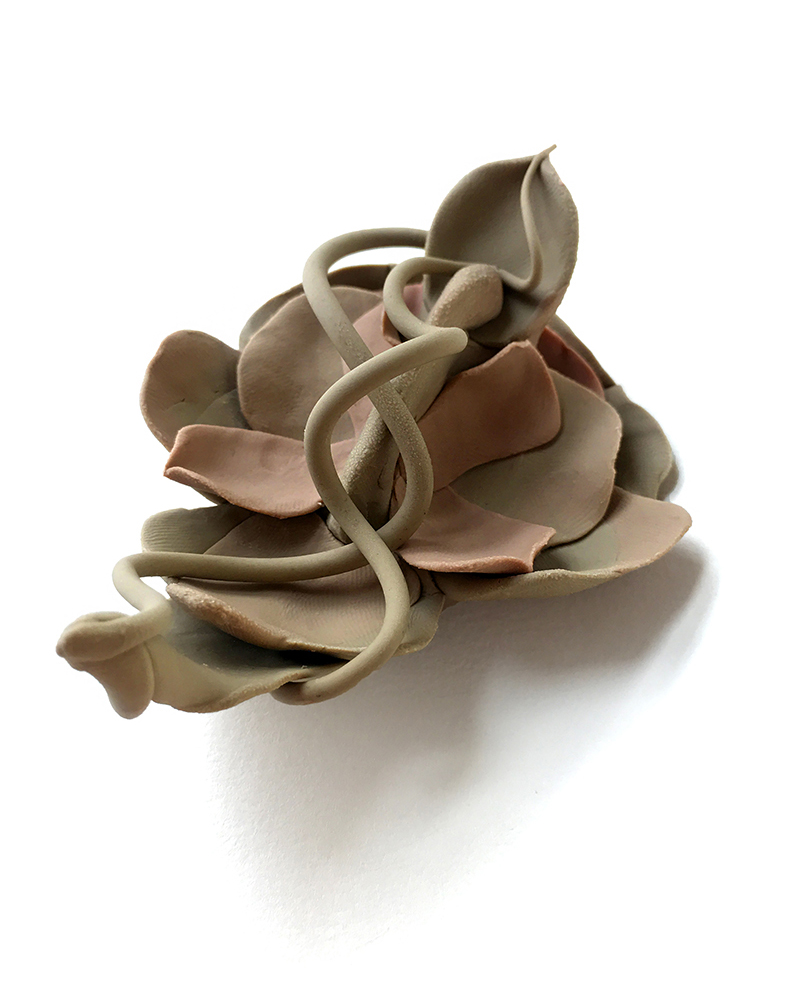
Through my sculptures, I want to magnify things that remain inconspicuous and possibly unnoticed forever by bringing them into the world in a larger form.
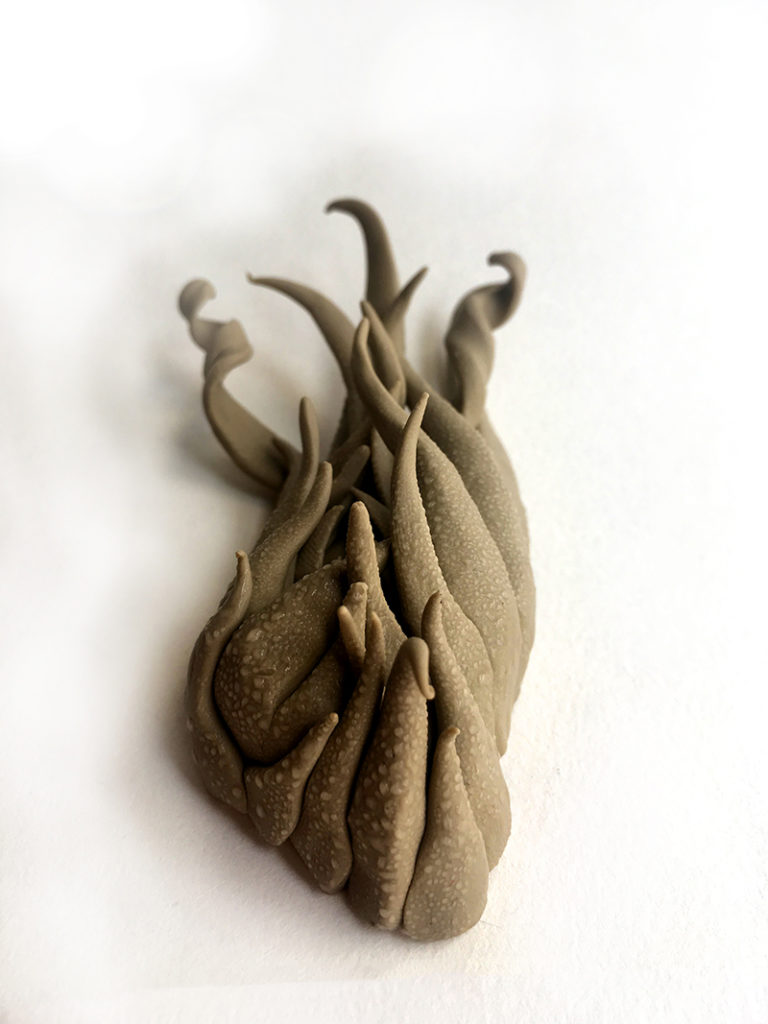
Who are your maestros?
I am a fan of artists like Nasreen Mohammadi, Duchamp and artists like Goya. I follow the work of contemporary artists like Jonathan Meese and Oliver de Sagazan.
Essentially, I try to challenge myself based on these artist’s works and see if I can push my art to garner more intense reactions while still keeping it logical enough to make sense of it. I like the visual imagery of certain film makers like Mani Kaul, Kim Ki-Duk and photographers like Brassai and Vivian Maier. I think art should always be inter-disciplinary and the music of John Mclaughlin has helped me explore visual compositions through sound.
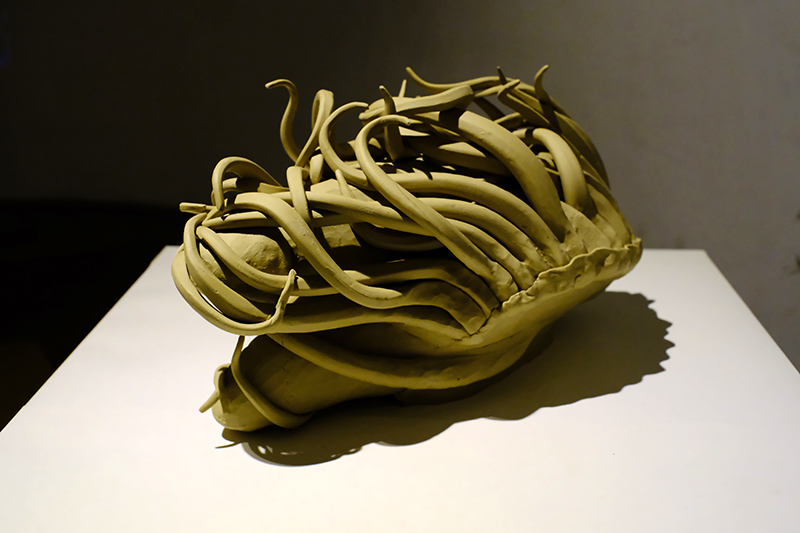
What are the biggest challenges in your work? What has been your biggest learning experience?
My failures. Watching sculptures crumbling in front of my eyes and trying to understand the reasons behind it. Each failure has been a good learning experience. Success is inevitable for any well meaning, hard working artist and can become routine but every new form is a different challenge. Oscillating between them while maintaining the intensity is also a big adventure. Every work takes a lot out of me. Feeling unsure of reaching completion, of finding its entire form is a challenge in itself. Each piece should be a blazing torch of fire and not a small flame that can be easily extinguished. Hence the main aim is to always keep going and producing thoughtful work. The day I stop working will be the end of me.











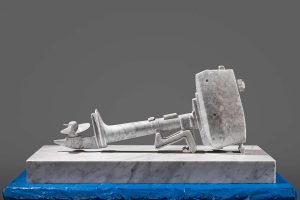
Add Comment